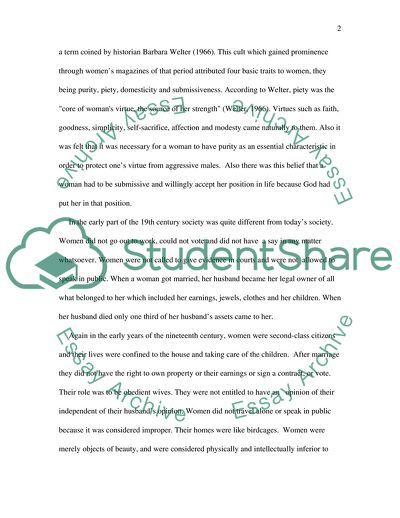Cite this document
(The Fight for Women's Suffrage Essay Example | Topics and Well Written Essays - 2000 words - 8, n.d.)
The Fight for Women's Suffrage Essay Example | Topics and Well Written Essays - 2000 words - 8. https://studentshare.org/social-science/1730102-research-paper
The Fight for Women's Suffrage Essay Example | Topics and Well Written Essays - 2000 words - 8. https://studentshare.org/social-science/1730102-research-paper
(The Fight for Women'S Suffrage Essay Example | Topics and Well Written Essays - 2000 Words - 8)
The Fight for Women'S Suffrage Essay Example | Topics and Well Written Essays - 2000 Words - 8. https://studentshare.org/social-science/1730102-research-paper.
The Fight for Women'S Suffrage Essay Example | Topics and Well Written Essays - 2000 Words - 8. https://studentshare.org/social-science/1730102-research-paper.
“The Fight for Women'S Suffrage Essay Example | Topics and Well Written Essays - 2000 Words - 8”. https://studentshare.org/social-science/1730102-research-paper.


